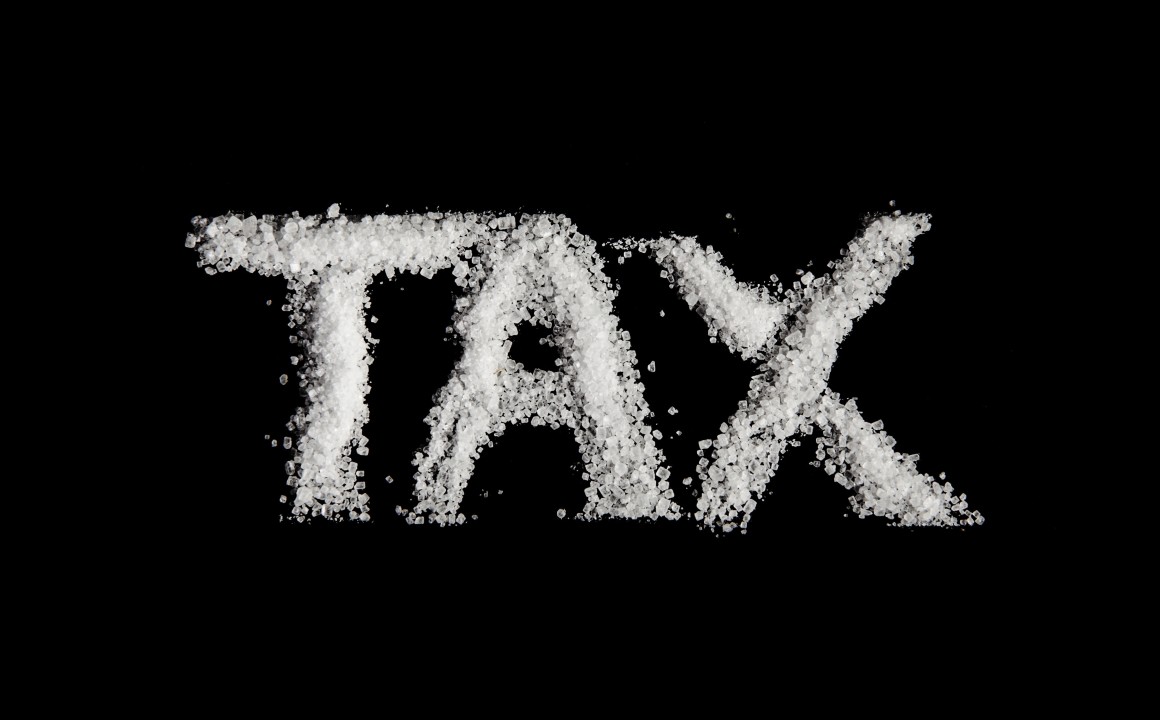What are the new rules for tax on dividends?
New rules on tax on dividends came out on 6th April 2016, changing the way this tax is now paid. Previously dividends were taxed before you received them at the flat rate of 10%, known as a tax credit and always taken regardless of whether you chose to reinvest the dividends, or got the dividends paid in cash.
If you were a basic rate taxpayer, you had no further tax to pay above this 10%, but unfortunately if you were a non-taxpayer, you still had this deduction made at source and it was not reclaimable. Higher rate and additional rate taxpayers, on the other hand, usually had to complete a tax return to declare the dividends and pay the extra tax due on them.
The dividend tax credit has now been abolished and replaced with a new tax-free dividend allowance. This means that tax now won’t be due on the first £5,000 of your dividend income, no matter how much non-dividend income you have.
This new allowance is available to anyone who has dividend income, but it will not reduce the tax you pay on your other income ,or reduce your total taxable income, as it isn’t an allowance in the normal sense.
The good news is that if you are a non-taxpayer or have dividend income under the £5,000 allowance, you no longer have any tax to pay on your dividends and there is nothing further to do. Overall this new allowance makes things a lot simpler all round.
How much tax will you need to pay if your dividend income exceeds £5,000?
If your dividend income exceeds £5,000, tax will be due and the tax rate will depend on your tax band (see below). It is your responsibility to inform HMRC and to pay the tax due. Those who already complete self assessment tax returns should carry on as normal.
To calculate the rate of tax that you should pay on your dividends, not covered by your personal allowance or the dividend allowance, you need to add up all your taxable income using the gross (before tax) figures, including dividends and savings income.
| Gross taxable income 2016/7 | Tax to pay |
| Under £11,000 | No tax to pay |
| Between £11,001 and £43,000 | You pay 7.5% |
| Between £43,001 and £150,000 | You pay 32.5% |
| £150,001 upwards | You pay 38.1% |
- The figures can be higher if you claim the blind person’s allowance or the marriage allowance.
- Dividends received by pension funds, which are currently exempt from tax and dividends received on shares held in an Individual Savings Account (ISA), do not need to be declared.
Some examples to help your calculations:
If you have non-dividend income of £6,500 and dividend income of £12,000 from shares outside an ISA, £4,500 of the dividends will be covered by your leftover personal allowance and £5,000 of the dividend income comes within the new dividend allowance. This leaves you with tax to pay at 7.5% (basic rate taxpayer) on £2,500.
If you have a non-dividend income of £20,000 and receive dividends of £6,000 outside an ISA, you won’t need to pay tax on the first £5,000, as this is covered by the allowance, but you will need to pay tax on £1,000 of dividends at 7.5%. You will also need to contact HMRC to make sure they are aware of your dividend income.
N.B. Gift Aid
If you currently use the tax credit when working out whether you can cover gift aid donations, remember that you will need to recalculate the amount you can give using gift aid. If you gift aid too much, you could end up with a debt to HMRC.
This article is by Tax Help for Older People registered charity no 1102276, offering free tax advice to older people on incomes below £20,000 a year. The Helpline number is 0845 601 3321 or geographical 01308 488066.












